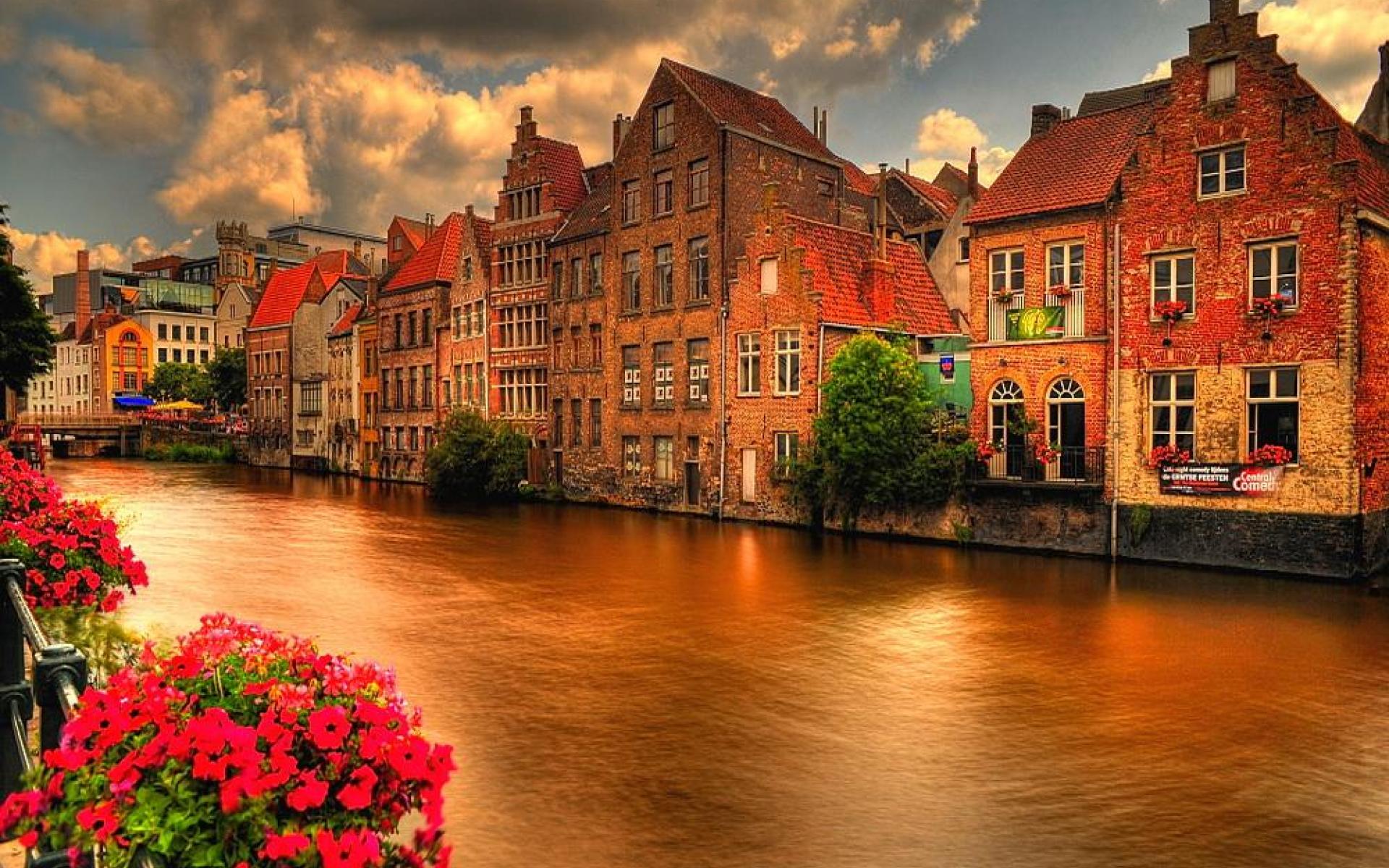What 4- and 5-Star Hotels Mean in Europe Compared to the U.S.

Hotel stars abroad: What luxury really means in Europe
One of the great joys of traveling in Europe is discovering the subtle—and not-so-subtle—differences from life back home. Hotel star ratings are a prime example. While U.S. travelers may associate stars with subjective quality assessments, in Europe, a 4- or 5-star designation typically reflects a specific checklist of objective criteria.
Varying Definitions of Luxury
Luxury in the U.S. often centers around abundance: oversized rooms, multiple restaurants, and a “whatever, whenever” service philosophy. In Europe, however, luxury may instead highlight historical charm, boutique character, and a deep connection to local culture—even if that means forgoing certain American-style amenities.
Different Hotel Rating Systems
In the U.S., travelers are likely familiar with star and diamond ratings from commercial entities like AAA and the Forbes Travel Guide, which claims to recognize properties that “deliver an outstanding experience.” While these systems cite specific standards, their criteria can be opaque—and rankings are often touted in press releases as PR victories.
Room Sizes and Layouts
European hotel rooms are generally smaller than those in the U.S. According to hotel platform SiteMinder, five-star rooms in Europe must be at least 18.5 square meters (about 200 square feet)—or 17 square meters in parts of Spain—compared to the 400 square feet often expected in U.S. luxury hotels.
Service and Style
Service in European hotels tends to be polished and personalized, though more formal than what many U.S. travelers might expect. In smaller properties, the same staff member may handle check-in, help with luggage, and act as a concierge. Even in large hotels, travelers may encounter less overt friendliness and more understated professionalism.
Amenities
The Hotelstars Union requires five-star hotel beds to be 180 centimeters wide (roughly 71 inches)—smaller than the U.S. king (76 inches). Beds may also be slightly shorter. Rooms with two twin beds are common and are often pushed together to create an almost-king size, though U.S.-style rooms with two queen beds are rare.
Cultural and Culinary Focus
Rather than large gyms or chain-style buffets, many European luxury properties offer curated local experiences—like jogging maps for city explorers or hiking guides for countryside retreats. Dining is often a highlight, with an emphasis on regional cuisine and seasonal specialties. In German-speaking countries, for example, spring menus may feature white asparagus dishes.
In Summary
Ultimately, travelers should know that European hotel stars don’t always equate to perceived quality. But that’s part of the appeal. As long as guests clarify must-have amenities before booking, embracing these differences can make for a more enriching and memorable stay. After all, the beauty of travel lies in its diversity—and the unexpected.



